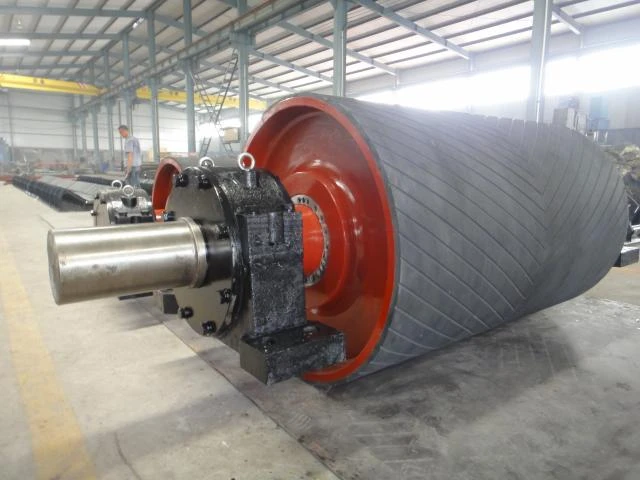 Afrikaans
Afrikaans  Albanian
Albanian  Amharic
Amharic  Arabic
Arabic  Armenian
Armenian  Azerbaijani
Azerbaijani  Basque
Basque  Belarusian
Belarusian  Bengali
Bengali  Bosnian
Bosnian  Bulgarian
Bulgarian  Catalan
Catalan  Cebuano
Cebuano  Corsican
Corsican  Croatian
Croatian  Czech
Czech  Danish
Danish  Dutch
Dutch  English
English  Esperanto
Esperanto  Estonian
Estonian  Finnish
Finnish  French
French  Frisian
Frisian  Galician
Galician  Georgian
Georgian  German
German  Greek
Greek  Gujarati
Gujarati  Haitian Creole
Haitian Creole  hausa
hausa  hawaiian
hawaiian  Hebrew
Hebrew  Hindi
Hindi  Miao
Miao  Hungarian
Hungarian  Icelandic
Icelandic  igbo
igbo  Indonesian
Indonesian  irish
irish  Italian
Italian  Japanese
Japanese  Javanese
Javanese  Kannada
Kannada  kazakh
kazakh  Khmer
Khmer  Rwandese
Rwandese  Korean
Korean  Kurdish
Kurdish  Kyrgyz
Kyrgyz  Lao
Lao  Latin
Latin  Latvian
Latvian  Lithuanian
Lithuanian  Luxembourgish
Luxembourgish  Macedonian
Macedonian  Malgashi
Malgashi  Malay
Malay  Malayalam
Malayalam  Maltese
Maltese  Maori
Maori  Marathi
Marathi  Mongolian
Mongolian  Myanmar
Myanmar  Nepali
Nepali  Norwegian
Norwegian  Norwegian
Norwegian  Occitan
Occitan  Pashto
Pashto  Persian
Persian  Polish
Polish  Portuguese
Portuguese  Punjabi
Punjabi  Romanian
Romanian  Russian
Russian  Samoan
Samoan  Scottish Gaelic
Scottish Gaelic  Serbian
Serbian  Sesotho
Sesotho  Shona
Shona  Sindhi
Sindhi  Sinhala
Sinhala  Slovak
Slovak  Slovenian
Slovenian  Somali
Somali  Spanish
Spanish  Sundanese
Sundanese  Swahili
Swahili  Swedish
Swedish  Tagalog
Tagalog  Tajik
Tajik  Tamil
Tamil  Tatar
Tatar  Telugu
Telugu  Thai
Thai  Turkish
Turkish  Turkmen
Turkmen  Ukrainian
Ukrainian  Urdu
Urdu  Uighur
Uighur  Uzbek
Uzbek  Vietnamese
Vietnamese  Welsh
Welsh  Bantu
Bantu  Yiddish
Yiddish  Yoruba
Yoruba  Zulu
Zulu conveyor roller assembly
Understanding Conveyor Roller Assemblies A Comprehensive Overview
Conveyor roller assemblies play a crucial role in the functionality and efficiency of various industrial operations. These systems are primarily designed to transport materials in manufacturing, packaging, and distribution environments. By focusing on the components and benefits of conveyor roller assemblies, we can appreciate their significance in enhancing operational workflows.
What is a Conveyor Roller Assembly?
A conveyor roller assembly typically consists of several key components rollers, frames, bearings, and sometimes, drive mechanisms. The rollers are cylindrical components that facilitate the movement of goods by reducing friction between the load and the conveyor system. The frames provide structural support, and bearings ensure smooth rotation of the rollers. Depending on the application, the assembly can include powered rollers for driven systems or simple gravity rollers for non-powered operations.
Types of Conveyor Roller Assemblies
There are several types of conveyor roller assemblies, each tailored to specific applications. The most common types include
1. Gravity Roller Conveyors These systems rely on the force of gravity to move products downhill and are ideal for lightweight and moderate loads. They are simple in design and cost-effective.
2. Powered Roller Conveyors Equipped with motors, these systems can move heavy loads and are typically used in high-capacity or automated operations. Powered rollers can include features like variable speed control and direction change capability.
3. Heavy-Duty Roller Conveyors Designed for transporting heavy and bulky items, these assemblies feature robust components to withstand considerable weight and stress.
conveyor roller assembly

4. Specialized Roller Conveyors Tailored for unique applications, such as handling fragile items or items with specific shapes, specialized rollers can be equipped with features like cushioning or custom surfaces.
Benefits of Using Conveyor Roller Assemblies
Utilizing conveyor roller assemblies can significantly enhance operational efficiency and productivity in various industries. Here are some notable benefits
- Reduced Labor Costs By automating material transport, businesses can minimize the need for manual handling, thus lowering labor expenses and enhancing worker safety.
- Increased Speed and Efficiency Conveyor systems facilitate faster movement of goods, allowing for quicker processing and handling. This is critical in industries like manufacturing and logistics where time is of the essence.
- Enhanced Flexibility Conveyor roller assemblies can be designed to accommodate various items, making them adaptable to the changing needs of a business. This versatility helps companies respond to market demands effectively.
- Lower Maintenance Needs High-quality roller assemblies require minimal maintenance, which can lead to significant cost savings over time. The longevity of these components ensures reliable performance with reduced downtime.
Conclusion
In summary, conveyor roller assemblies are integral components of modern industrial operations, providing effective material handling solutions across various sectors. Their ability to enhance efficiency, reduce labor costs, and accommodate diverse applications makes them invaluable assets in today’s fast-paced environments. As technology advances, the design and function of conveyor roller assemblies will continue to evolve, further improving productivity and operational efficiency. Understanding and investing in these systems is essential for any business aiming for success in an increasingly competitive landscape.
-
Revolutionizing Conveyor Reliability with Advanced Rubber Lagging PulleysNewsJul.22,2025
-
Powering Precision and Durability with Expert Manufacturers of Conveyor ComponentsNewsJul.22,2025
-
Optimizing Conveyor Systems with Advanced Conveyor AccessoriesNewsJul.22,2025
-
Maximize Conveyor Efficiency with Quality Conveyor Idler PulleysNewsJul.22,2025
-
Future-Proof Your Conveyor System with High-Performance Polyurethane RollerNewsJul.22,2025
-
Driving Efficiency Forward with Quality Idlers and RollersNewsJul.22,2025





























